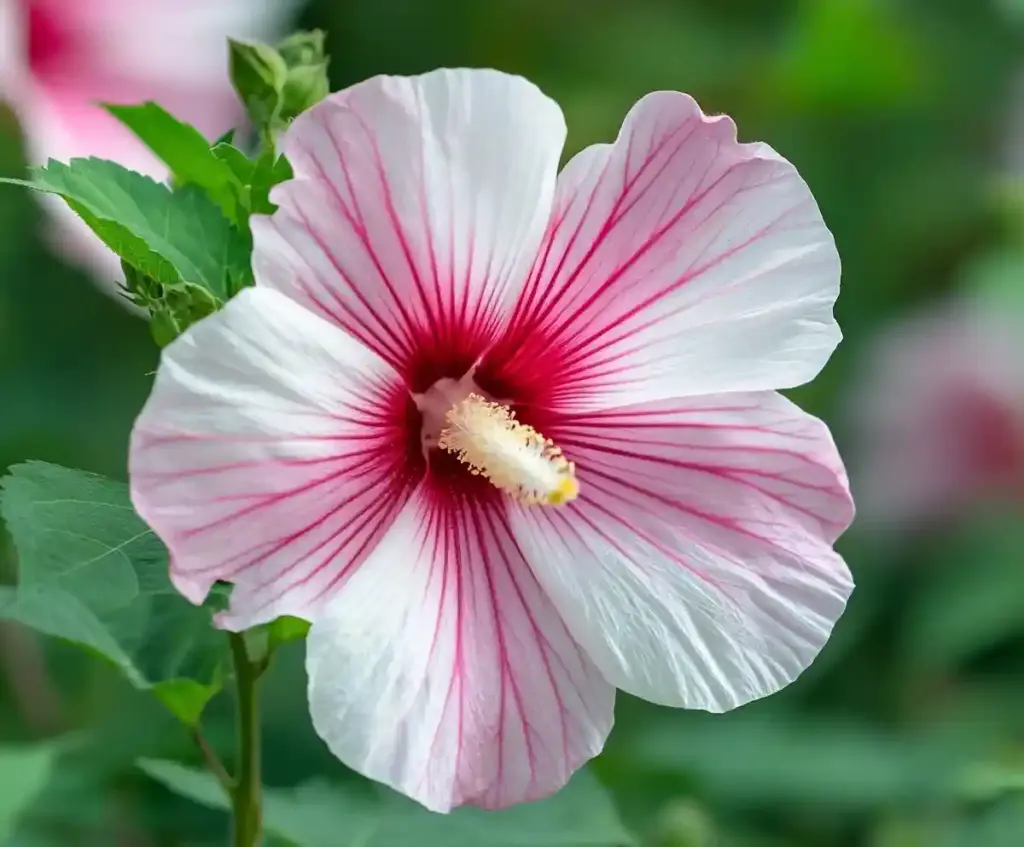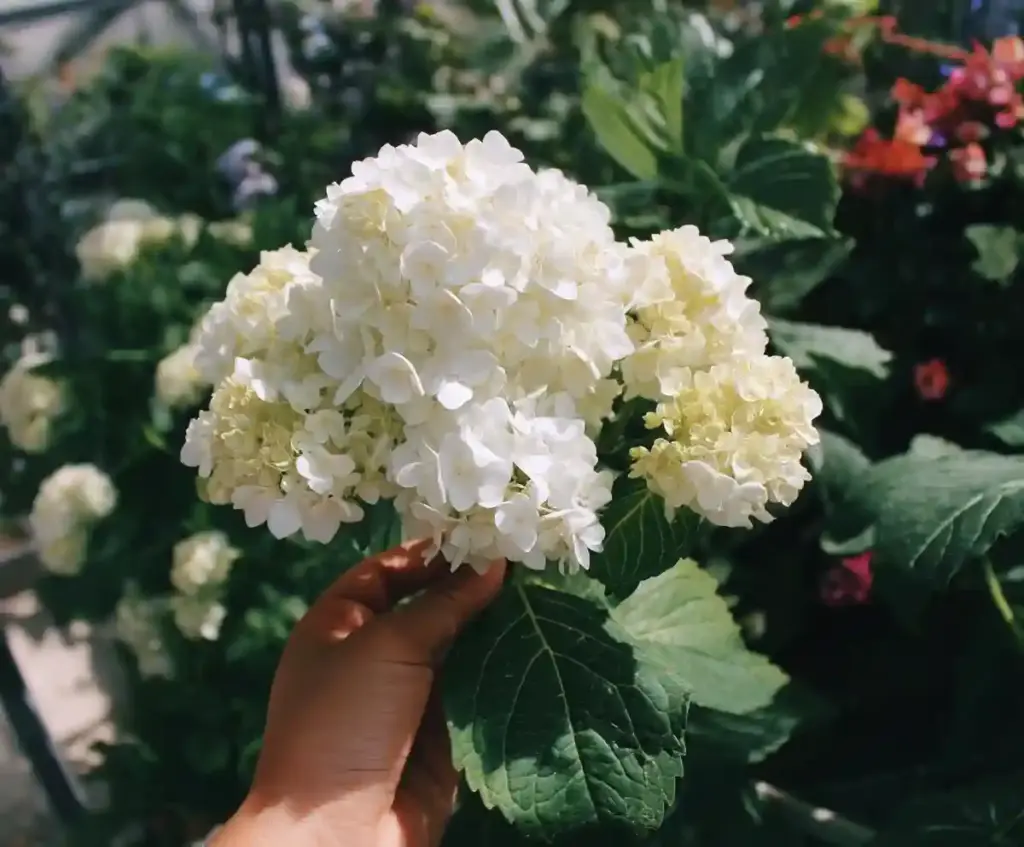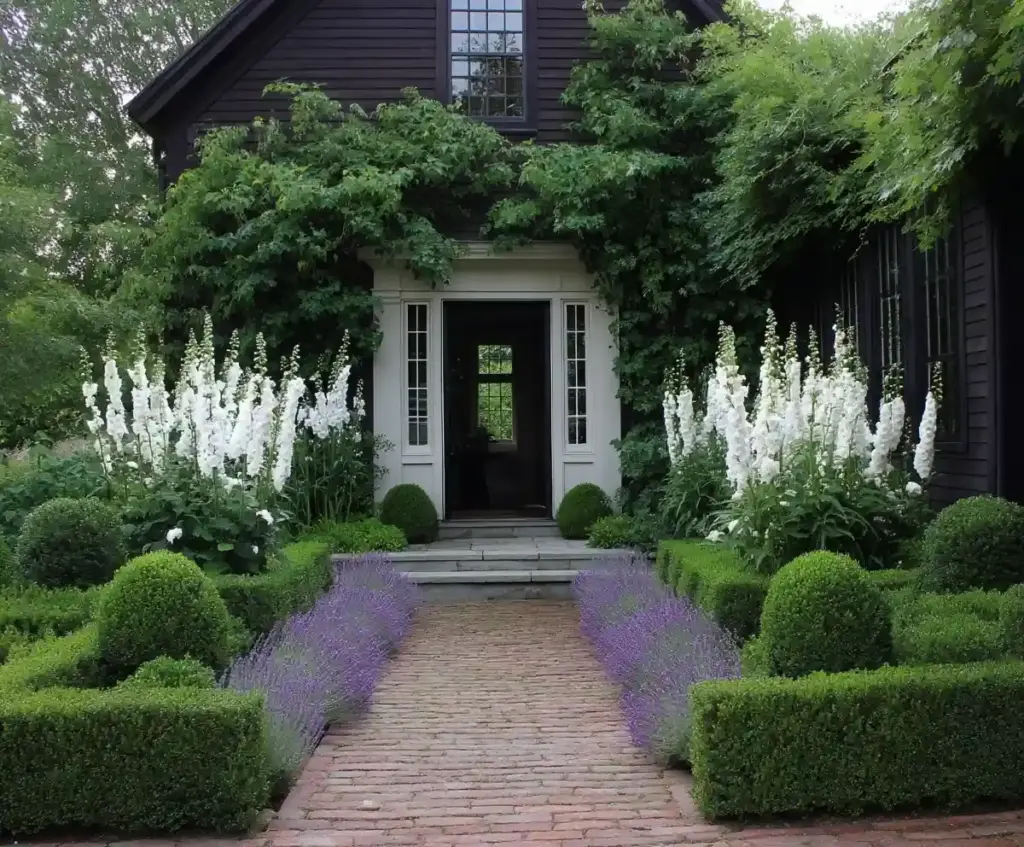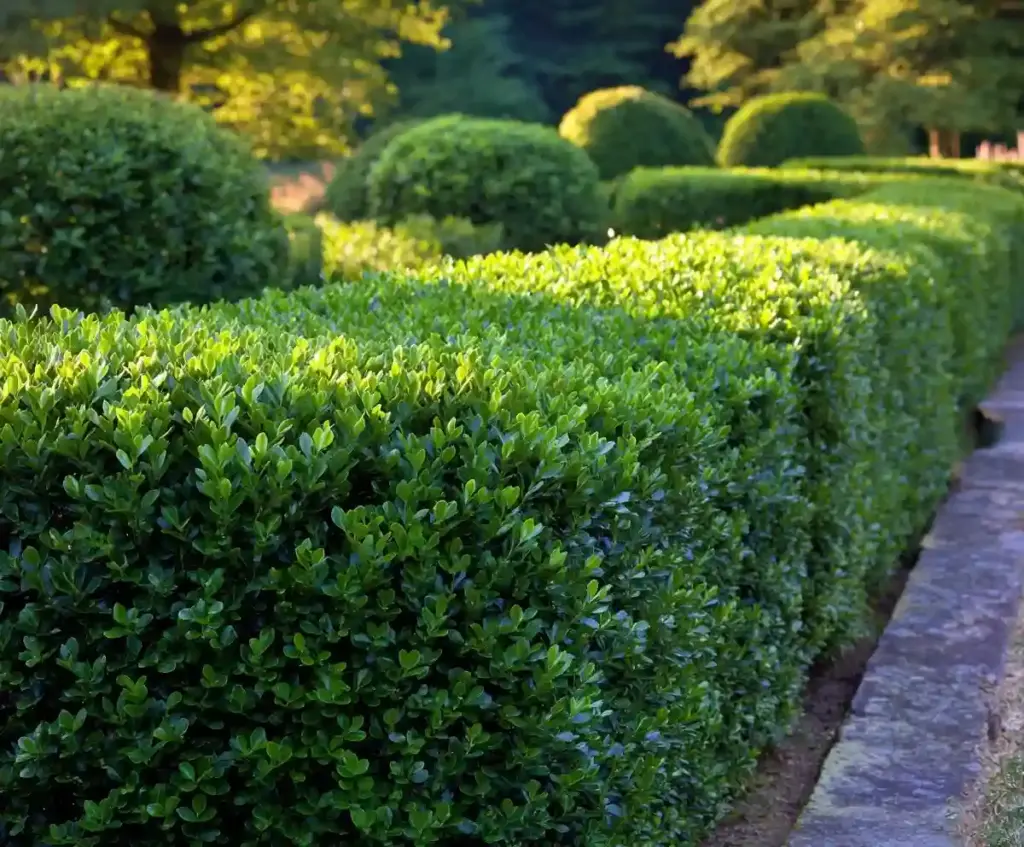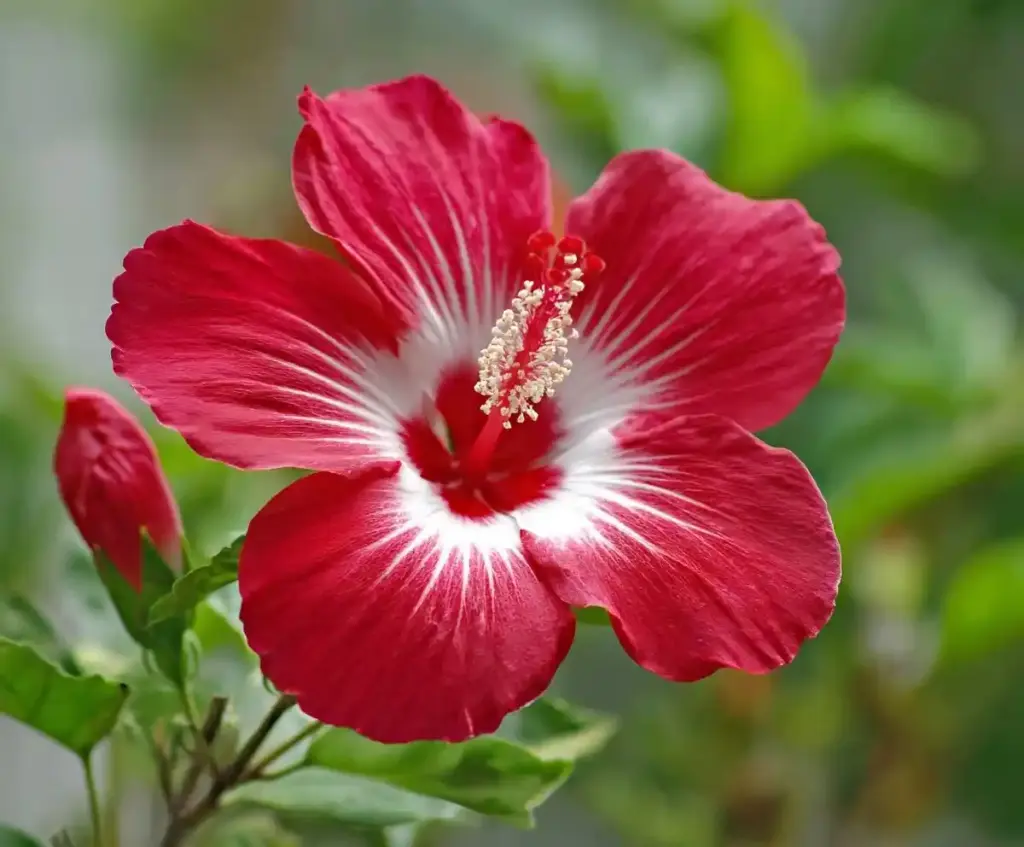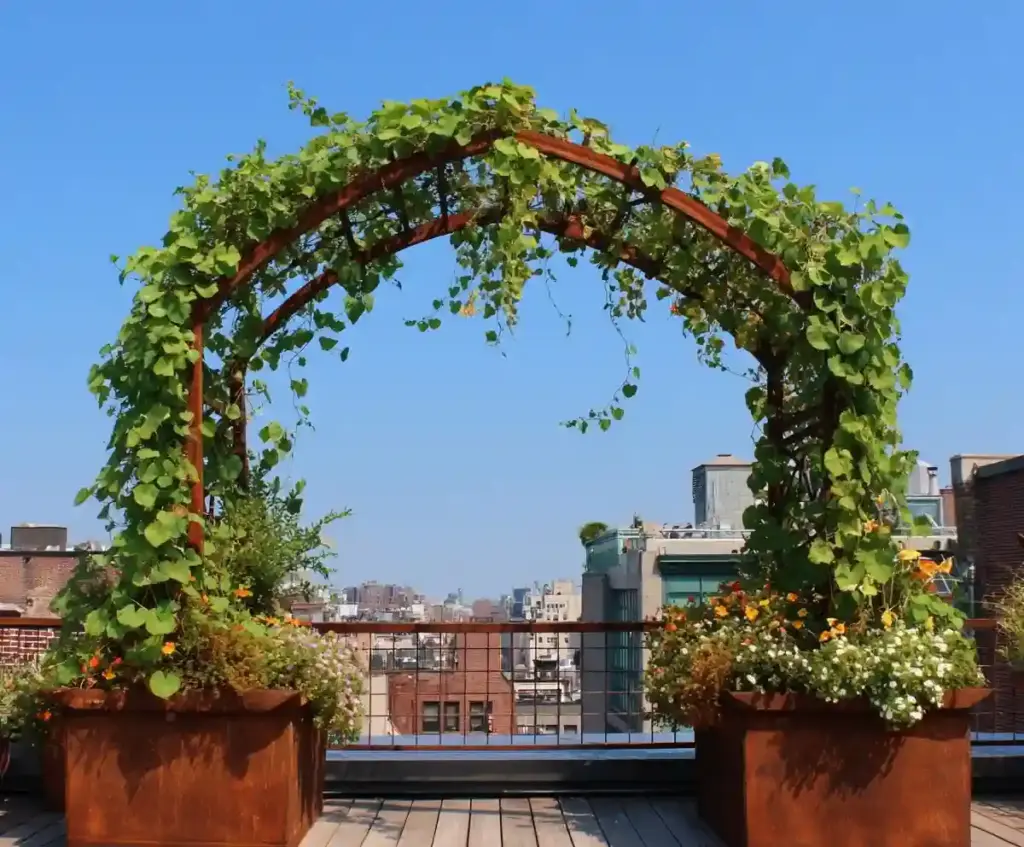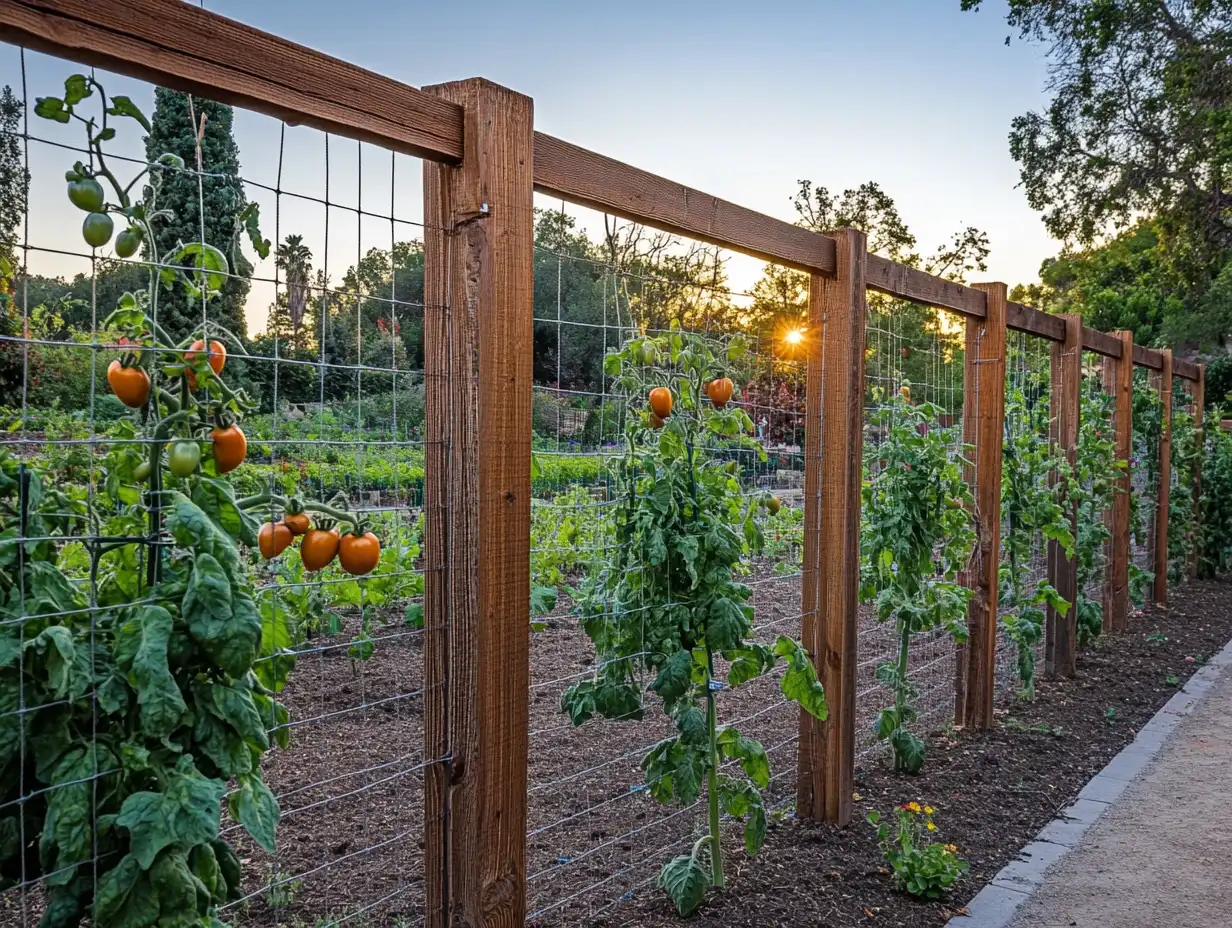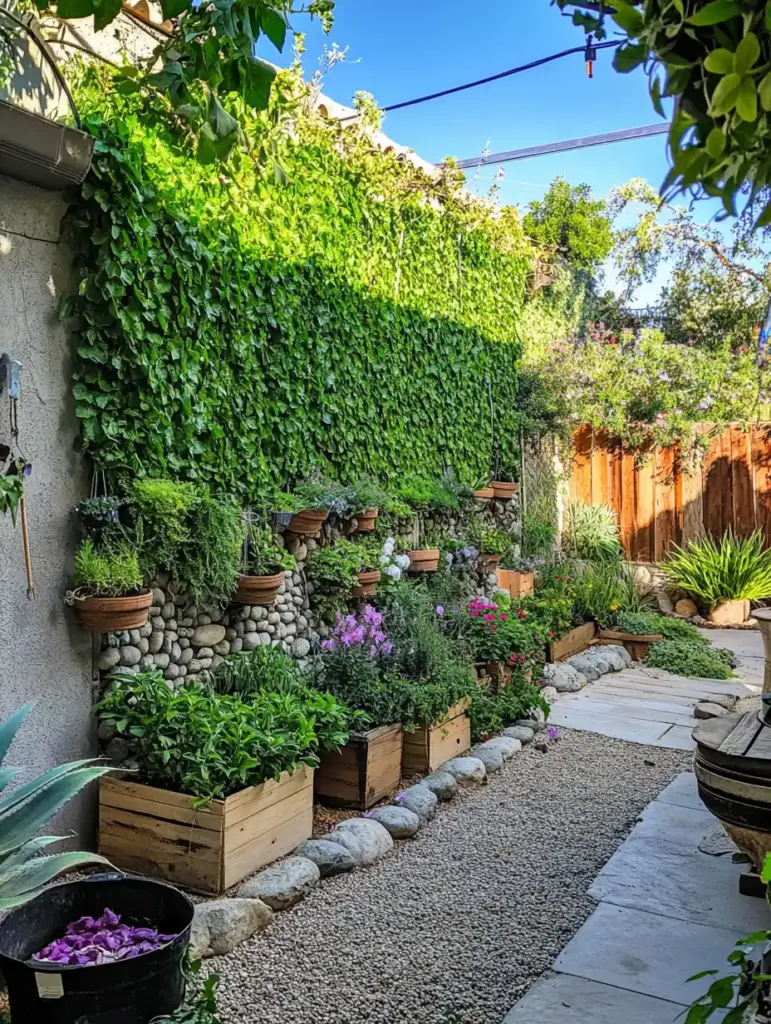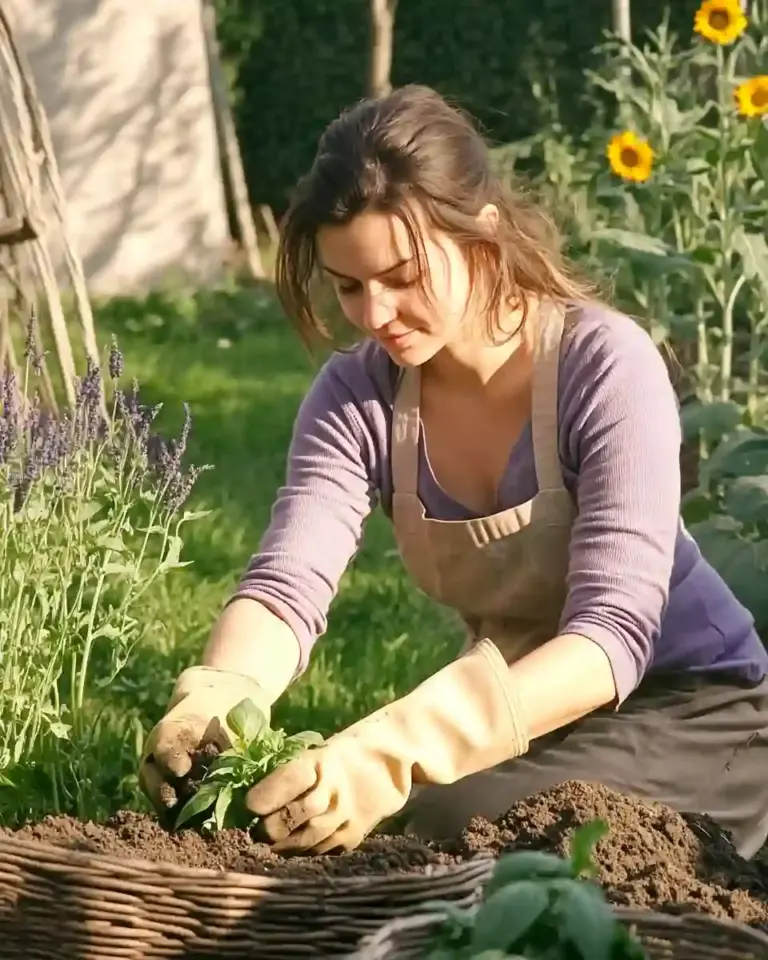Clematis are often known as the “queen of climbers,” and it’s easy to see why. These vibrant, flowering vines add dramatic vertical beauty to everything from trellises and garden walls to fences and pergolas. If you’ve ever wished your clematis would bloom for longer, the secret lies in choosing the right varieties and planning with purpose. With a bit of strategy, you can enjoy clematis blooms from early spring to late summer—a continuous display of color and texture. Whether you’re just learning how to grow clematis or refining an established garden, this guide will help you select the best clematis for continuous blooms, transforming your space into a lush, living tapestry.
Table of Contents
🌸 Goal: Continuous Blooming Clematis Display
Achieving months of clematis blooms isn’t about finding a magical plant—it’s about strategic selection. The key is to combine early, mid-season, and late-blooming clematis varieties so that just as one fades, another takes its place in the spotlight. By overlapping bloom times, you create a layered display that keeps your garden alive with color from spring into early fall.
When selecting clematis, think beyond just color. Consider:
- Bloom Time: Start with early bloomers like Clematis montana, transition with mid-season classics such as Clematis ‘Nelly Moser’, and finish strong with late bloomers like Clematis viticella or Group 3 hybrids.
- Mature Height: Some clematis varieties can climb 10–15 feet, while others stay compact. Use taller types for fences or arbors, and smaller ones for containers or low trellises.
- Growth Habit: Some clematis twine quickly and aggressively, while others grow slowly and stay tidy. Choose accordingly based on your garden’s vertical space and support structures.
A well-balanced mix not only ensures continuous flowering but also creates dynamic texture and dimension in your garden. Planting with purpose is how you’ll grow the best clematis for continuous blooms.
✂️ Important Note About Pruning
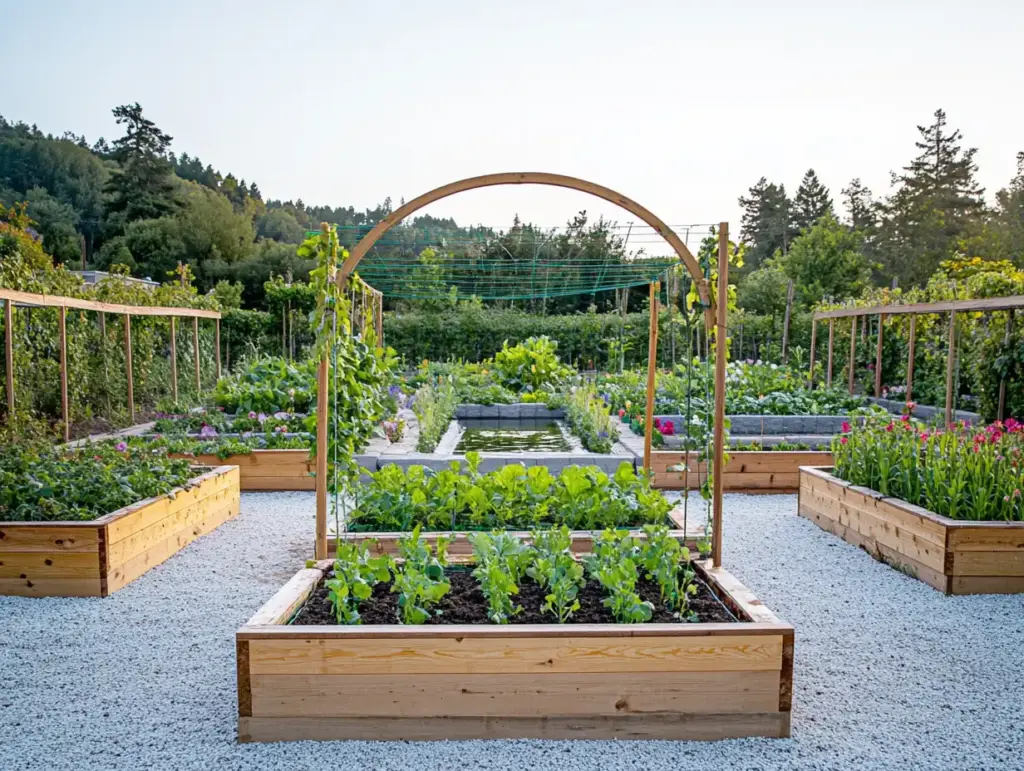
Not all clematis vines play by the same rules when it comes to pruning. In fact, pruning group is one of the most important factors to understand if you want a thriving display of clematis for a long season. Clematis are typically divided into three pruning groups, each with specific timing and techniques:
🔹 Group 1 – Early Bloomers
- Bloom on old wood (growth from the previous year).
- Prune only lightly after flowering to shape or remove dead stems.
- Examples: Clematis montana, Clematis armandii.
🔹 Group 2 – Repeat Bloomers
- Bloom on both old and new wood.
- Prune in late winter or early spring to remove weak stems and then lightly after the first flush of flowers.
- Examples: Clematis ‘Nelly Moser’, Clematis ‘Henryi’.
🔹 Group 3 – Late Bloomers
- Bloom on new wood (current season’s growth).
- Prune back hard to about 12 inches above the ground in early spring.
- Examples: Clematis viticella, many from The Boulevard® Collection.
Important Tip:
Avoid planting clematis from different pruning groups too closely together. It can lead to vine tangling, improper pruning, and reduced flowering if you’re not careful. If you plan to mix groups, ensure you understand their specific care needs and maintain space between them.
By tailoring your pruning routine to each group, you’ll not only keep your clematis healthy but also ensure they bloom reliably—season after season. This step is essential if you’re aiming for the best clematis for continuous blooms.
🌿 Design Tip: Fill “Bare Knees”
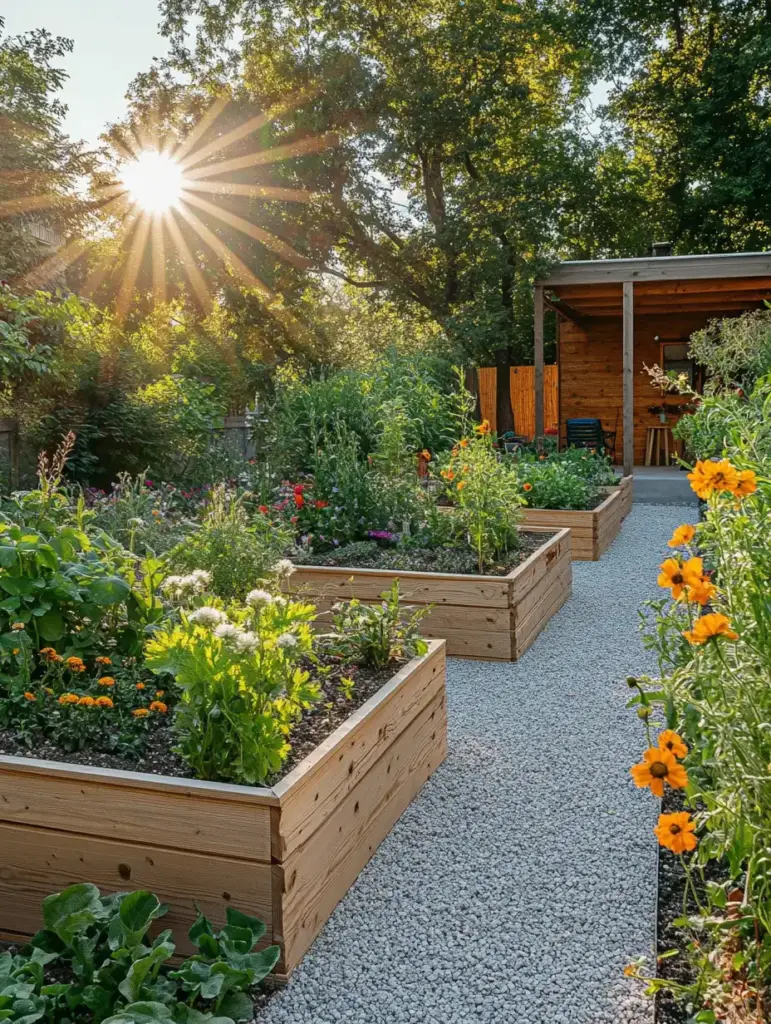
As clematis vines mature, it’s completely normal for them to lose their lower leaves. This can leave the base of the plant looking sparse or even bare—often called “clematis with bare knees.” While the top of the vine may be bursting with blooms, the lower section might appear thin and underwhelming.
Fortunately, there’s a smart and beautiful fix: plant compact, repeat-blooming clematis at the base of taller varieties.
Why It Works:
- Fills in gaps: Adds visual interest where taller clematis tend to thin out.
- Extends bloom time: Compact varieties like those in The Boulevard® Collection bloom repeatedly, often from early summer to fall.
- Enhances layering: Creates a rich, cascading look from ground to sky—ideal for arbors, trellises, and garden walls.
Pro Tip:
Boulevard® clematis varieties are in Pruning Group 3, meaning they’re easy to manage and bloom on new wood. Just cut them back to 12 inches in early spring, and they’ll reward you with lush growth and abundant flowers.
Incorporating this design trick helps reinforce your display of clematis for a long season, ensuring that every inch—from base to tip—is part of the show.
🌼 Example Combinations Suggested
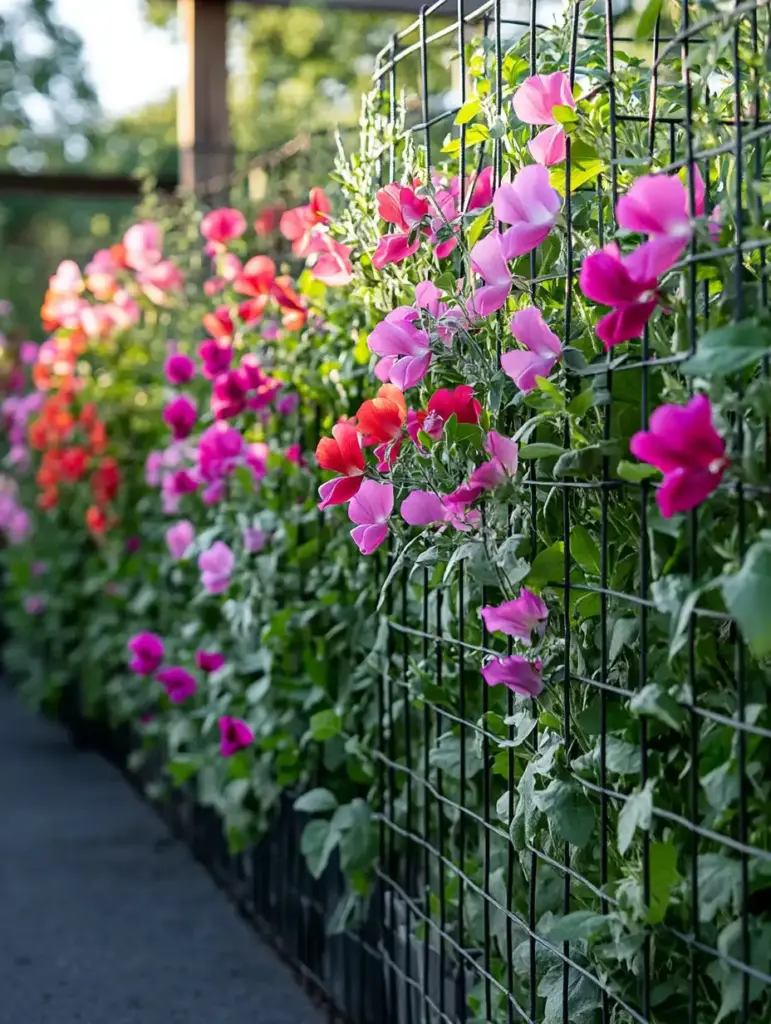
One of the most effective ways to enjoy continuous blooms is to plant clematis varieties that differ in bloom time, height, and growth habit. When thoughtfully combined, they create a layered floral performance that begins in spring and continues deep into summer—or even fall.
Here are three tried-and-true clematis combinations that deliver both beauty and balance:
🌱 Combo 1: Classic Three-Season Bloom
- Early Bloomer: Clematis montana ‘Rubens’ – Pink spring blooms on old wood.
- Mid-Season: Clematis ‘Nelly Moser’ – Striking pale lavender blooms in late spring and early summer.
- Late Bloomer: Clematis ‘Polish Spirit’ – Deep purple, vigorous growth and late summer flowers.
Why it works: Covers all three clematis groups and offers evolving colors over months.
🌿 Combo 2: Compact & Continuous for Small Spaces
- Base Filler: Boulevard® ‘Sarah Elizabeth’ – Compact, repeat bloomer with soft pink flowers.
- Mid-Level Anchor: Clematis ‘The President’ – Rich purple blooms with long flowering period.
- Vertical Accent: Clematis viticella ‘Etoile Violette’ – Late bloomer with climbing strength.
Perfect for: Small gardens, patios, or containers.
🌸 Combo 3: Dramatic Vertical Garden
- Early Interest: Clematis alpina ‘Frances Rivis’ – Early-spring bell-shaped blooms.
- Mid-Summer Color: Clematis ‘Huldine’ – Vigorous, sun-loving white bloomer.
- Late Finale: Boulevard® ‘Parisienne’ – Compact Group 3 for a final punch of purple.
Best planted on: Garden arches, pergolas, or obelisks for season-long vertical impact.
When selecting combinations, remember to:
- Mix pruning groups only if you’re confident in managing their care.
- Vary flower shape, color, and texture for visual contrast.
- Ensure support structures match the mature height of your chosen varieties.
With thoughtful planning, your garden will showcase the best clematis for continuous blooms—delivering vertical drama and vibrant color month after month.
❓ Frequently Asked Questions (FAQ)
🌼 What is the best clematis for continuous blooms?
The best clematis for continuous blooms often come from Group 3 varieties, especially repeat bloomers like those in the Boulevard® Collection. These clematis flower on new wood, rebloom reliably, and are easy to maintain. When combined with early and mid-season types, they help create a clematis for a long season of flowers.
🕰️ How do I keep clematis blooming all season?
To enjoy clematis all season, plant a mix of early, mid-season, and late-blooming varieties. Pair this strategy with proper pruning based on group type, and ensure consistent watering, mulching, and fertilizing. Group 3 clematis pruned in early spring often bloom continuously into fall.
✂️ What happens if I prune clematis at the wrong time?
Pruning at the wrong time can reduce or delay blooms, especially in Group 1 and 2 clematis, which flower on old wood. Group 3 clematis, however, are more forgiving and bloom on new wood. Always know your clematis pruning group to avoid cutting off future flowers.
🌿 How do I hide the “bare knees” of clematis?
As clematis mature, they often lose foliage at the base. To fix this, plant a compact, repeat-blooming clematis like Boulevard® ‘Sarah Elizabeth’ at the base, or use companion perennials like hardy geraniums, dwarf daylilies, or nepeta to cover the lower stems and enhance ground-level interest.
🌞 Can I grow clematis in partial shade and still get continuous blooms?
Yes, many clematis tolerate partial shade, though most bloom best with at least 6 hours of sun per day. For shady gardens, choose varieties known to perform well in lower light, and ensure proper soil drainage and airflow to support healthy flowering throughout the season.
🌺 Conclusion
Creating a garden that bursts with color from spring through fall isn’t just a dream—it’s completely achievable with the right clematis selection. By blending early, mid, and late-season clematis types, mastering their pruning needs, and planting compact repeat bloomers to fill in those unsightly “bare knees,” you can enjoy a continuous cascade of blooms that climbs, trails, and elevates every corner of your outdoor space.
Whether you’re just starting out with container clematis gardening or refining your vertical garden layout, these simple techniques will help you cultivate the best clematis for continuous blooms—season after season, with beauty from base to tip.
🌿 Love gardening inspiration? Follow me on Pinterest for bold plant ideas, tips, and seasonal color!
More Posts
